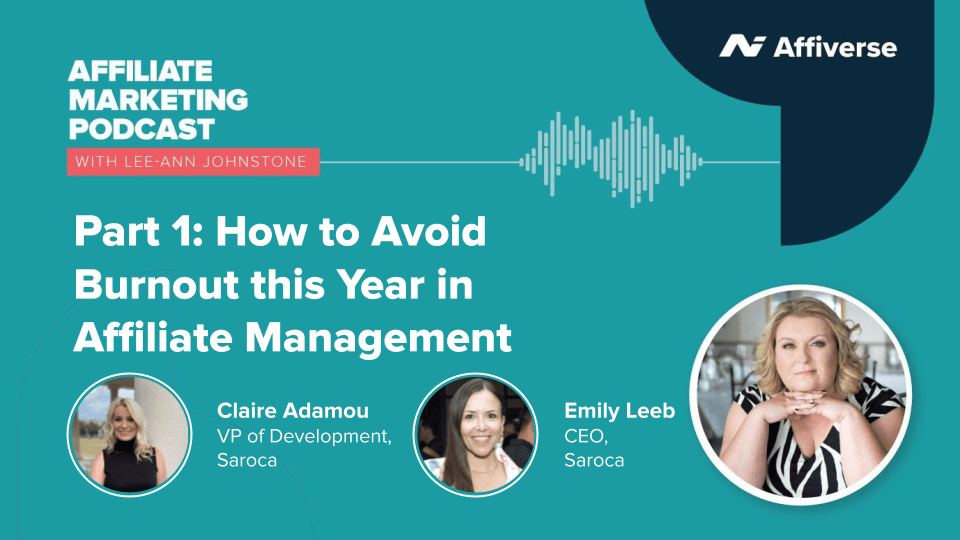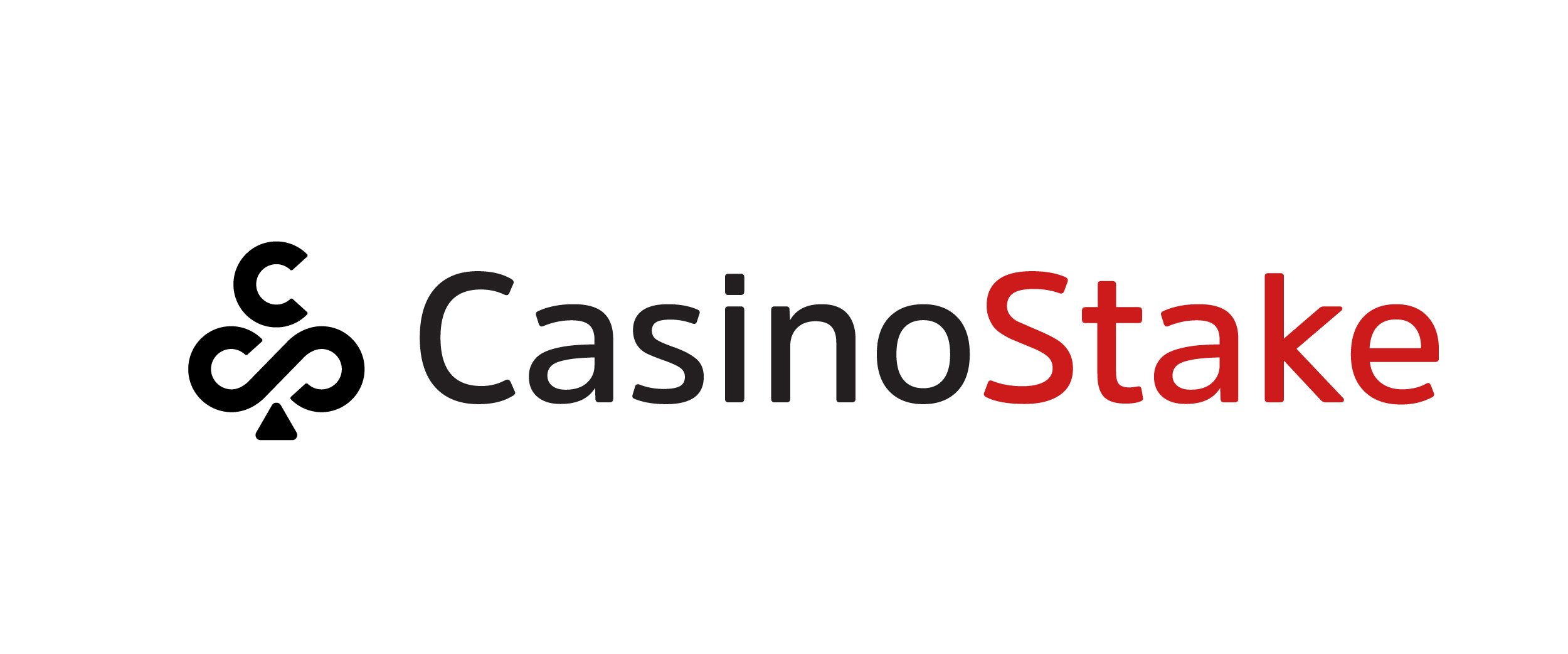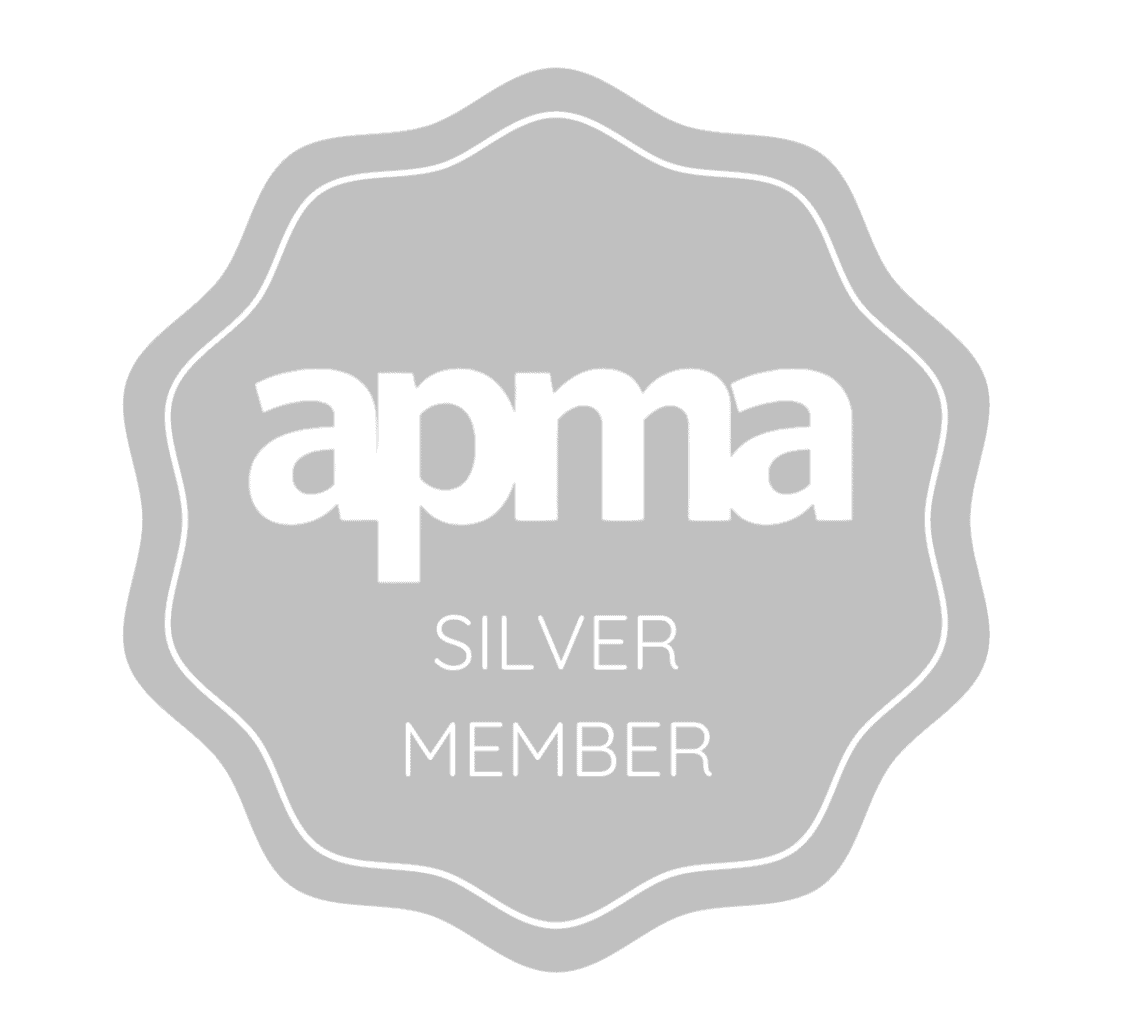Everyone knows, to the point that it is its own meme, that a website landing on the second page of a Google SERPs (or search engine results page) is like falling into an abyss. Your site may as well be on the dark web for all the good it is doing you. Users are fickle and impatient creatures who aren’t going to look any further than the first page since Google’s suggestions are usually good enough for them to assume that they will either find the answer on that first page or not at all.
So, it makes sense that affiliate marketers would want their partners’ websites to rank as high as possible on Google’s search analytics. The further down you fall on those search results, the less likely it is for your site to be clicked on.
But the golden goose, the best spot on the Google search page, is position zero. Read on to find out what position zero is, its importance to SEO and how you can get into that top spot.
What is position zero?
Position zero is the spot that every site is vying for. They are all scrambling and clawing their way to that top spot. But why?
Well, as a user, when you search for something, typically you will be given a list of ads and then the organic results of the search, but position 0 offers you something more. Position 0 is the featured snippet above everything else that often hands you the answer you’re looking for upfront, with the option of exploring the page for more details.
It means the user has no need to even look at the rest of the listings if their answer is featured and will click the link to gain more details on the information that they were looking for. They are also known as rank zero and featured snippets.
Why does it matter?
Position zero is a goldmine to SEO marketers. This is because it allows you to occupy more SERP territory, by giving your site and a snippet of its contents its own space in a box at the top of the page, the most optimal space to keep eyes on you. Meanwhile, competitors are pushed down the page, coming after the ads beneath your box, so most of the time a user will have to scroll to even start to see the organic search results.
Because of its position and the fact that is usually just giving the top layer of an answer, position zero boosts your click-through-rate, as people look for more information on what they are searching for. Plus, position zero options are essential for voice search. They are often the answers that Alexa or another personal assistant is feeding you when you ask for an answer with voice search.
Because of its high visibility and the fact that it offers an answer upfront, naturally, SEO marketers are constantly trying to rank up their sites to appear in that little box.
So, how is it done? Well, there are three steps.
1. Understand what makes for a good snippet
A good snippet is usually made up of one of the following formats: paragraphs, numbers, and bulleted lists, tables, videos, images, and charts. You will have to hit at least one of them to secure your place in position zero.
Certain types of content also lend themselves to featured snippets, like 5W answers (which are answers that cover who, what, when, why, and where), how-to tutorials, definitions, particularly for word meanings and industry terms, comparisons (like Nike vs. Adidas or Apple vs Android to choose which item to buy), price information, top lists (like Top 10 Songs of 2021), and FAQs.
2. Keyword research
Keyword research is a big part of SEO as a whole, but there are a few differences to be applied to position zero opportunities.
Make sure to answer all the 5W’s when optimising for snippets since the point of snippets is to answer a question and longer queries, usually 6 or more words are usually likely to get snippets as it’s not as simple an answer as other sites might give. Also, remember that higher-volume terms are more likely to get snippets.
3. Optimise your content for snippets
Handling everything like hitting your five W’s and making your images informative is useful, but there are things within the website that need to be worked out before you can find your site on that position zero space.
You will also need to make sure that your content clearly answers the question. This is the most important aspect, and chances are it will be covered if you take on board everything covered in the first two steps.
You will also need to make sure that Google can understand your coding and tagging, so made it as clean as possible. And finally, take a look at your page’s user engagement metrics in Google Analytics to ensure that you are gaining positive user engagement signals that Google can then use to prompt your page to more users.
If you’d like to learn more about SEO, take a look at our blog, or book a free call with a member of our team for more personalised advice.























